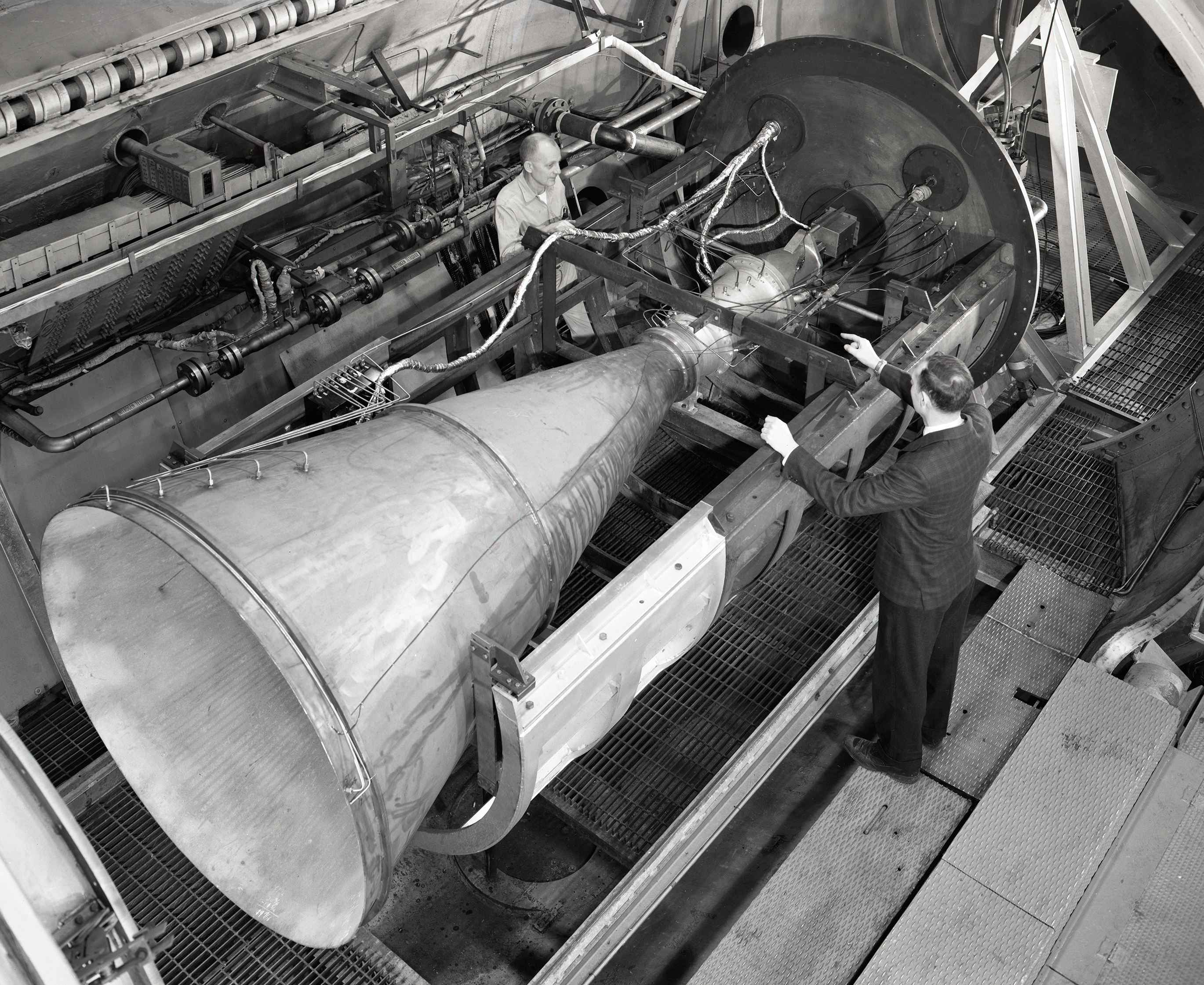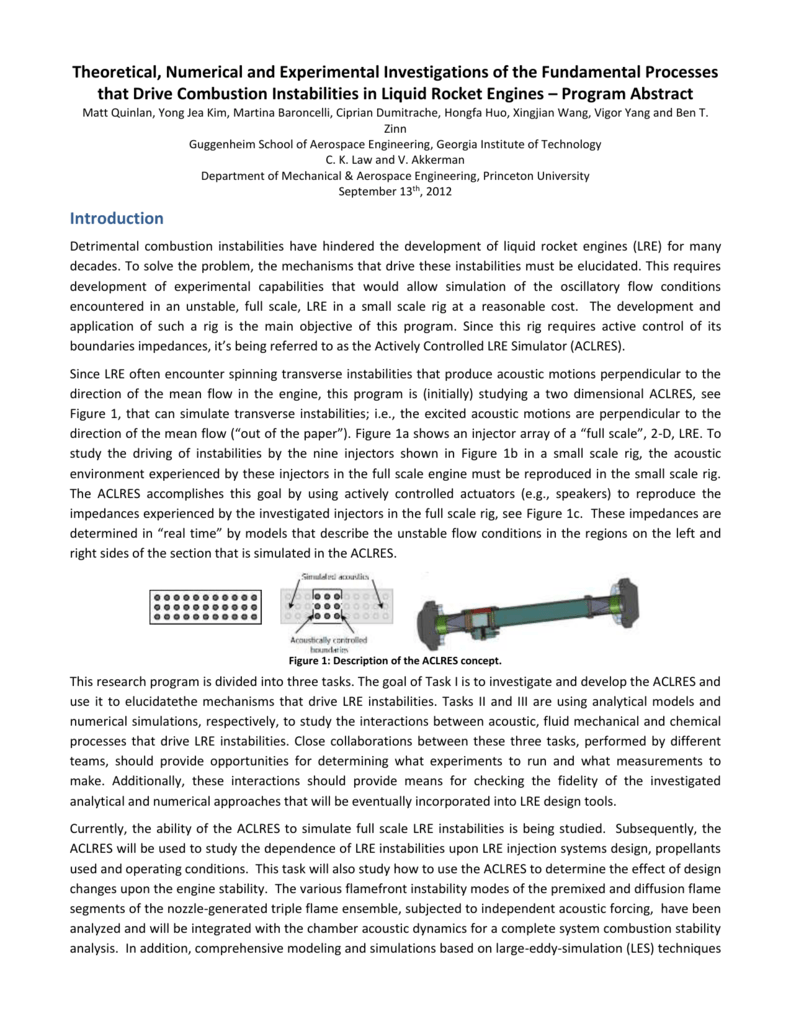

It was originally defined as a single thrust chamber rocket engine that would burn liquid oxygen (LOX) and kerosene (RP 1), based as much as possible on proven technology. "I was assigned to the F-1 engine system project office for nine years and held the positions of lead development engineer, engineering supervisor and development project engineer." Keeping it simpleįrom the outset, simplicity was the major guiding principle of the F-1 design. "My first assignment was to develop procedures for starting the engine," Biggs explains.

He was transferred to the F-1 programme in 1960, a year before the first engine test. Biggs began his career at Rocketdyne in 1957 as a performance analysis engineer on the Jupiter intermediate range ballistic missile programme.

Nineteen smaller engines were used to provide propellant settling, reaction control steering, and the all important lunar ascent to rendezvous with the command capsule in Moon orbit.Ī man that cut his teeth on the Apollo project 40 years ago was Bob Biggs, now a principal engineer at the company. The third stage used a single J-2 engine to place Apollo 11 in Earth orbit and then, with a second burn, out of orbit on the way to the Moon. Five J-2 engines boosted the second stage with over a million pounds of thrust. Five F-1 booster engines provided 7.5 million pounds of first-stage thrust. Two of the key components on the momentous voyage were the rocket engines that hurled the Saturn V launch vehicle into space and brought it home safely, and the fuel cells that provided power during the long voyage.įrom 1967 to 1973, there were 12 Apollo flights powered by the Saturn V launch vehicle, which contained 30 to 34 rocket engines designed, developed and manufactured by the company now known as Pratt & Whitney Rocketdyne.Īpollo 11, the first to land men on the Moon, used 30 Rocketdyne engines. James E Webb, the Nasa administrator at the height of the programme between 19, always contended that Apollo was much more a management exercise than anything else, and that the technological challenge, while sophisticated and impressive, was always within grasp. The Apollo programme was a triumph of management in meeting the enormously difficult systems engineering and technological integration requirements.


 0 kommentar(er)
0 kommentar(er)
